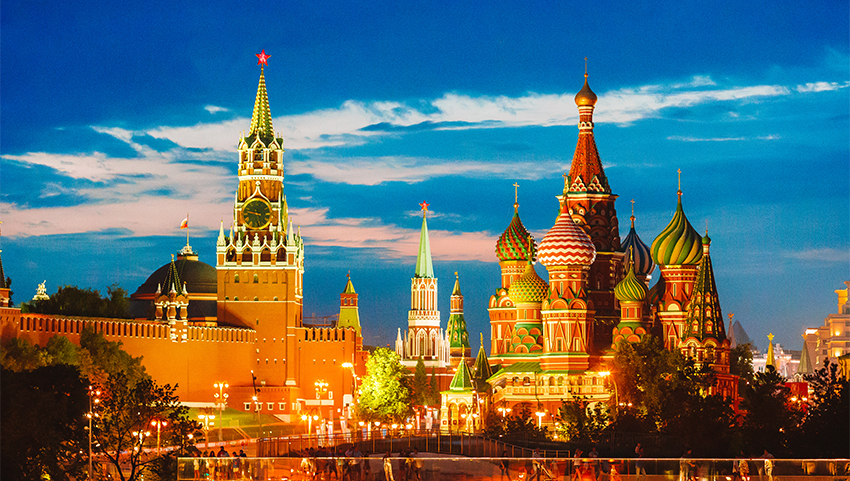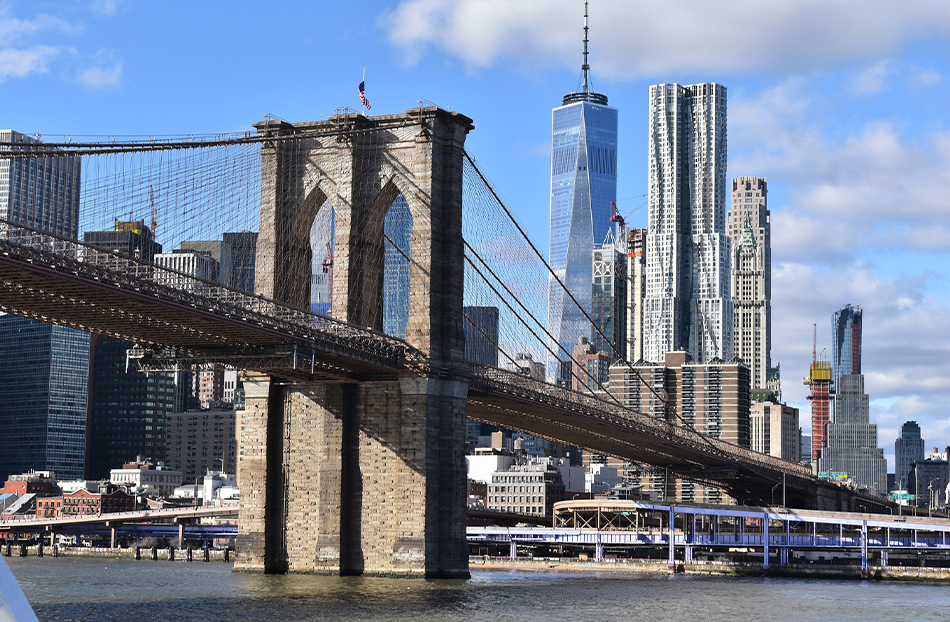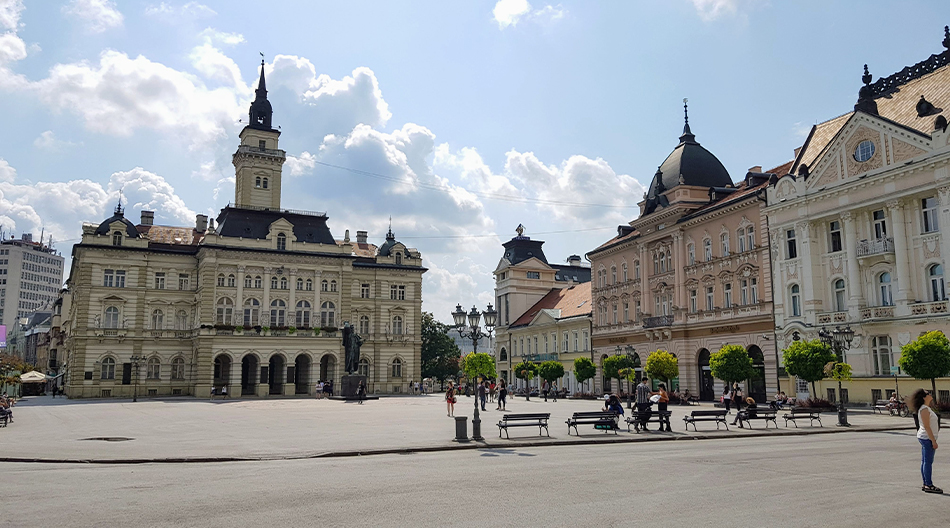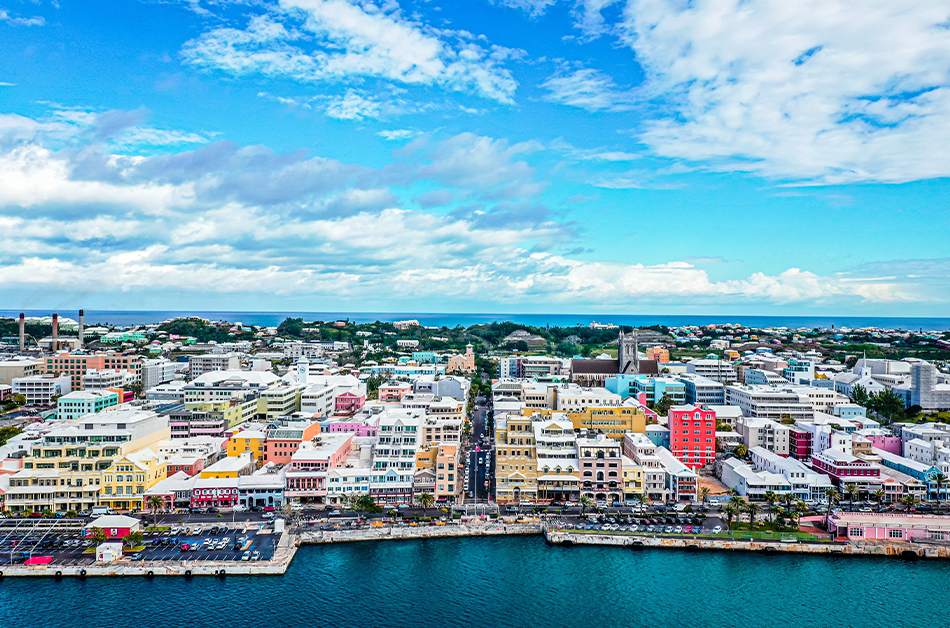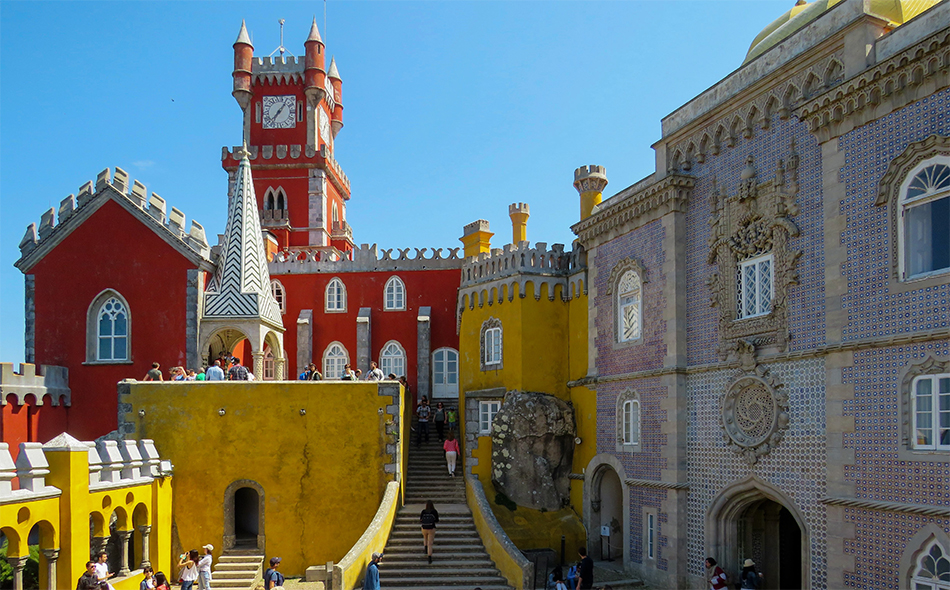
Visit 8 Best Destination in Moscow, the Capital of Russia with Rich History
1. Moscow River
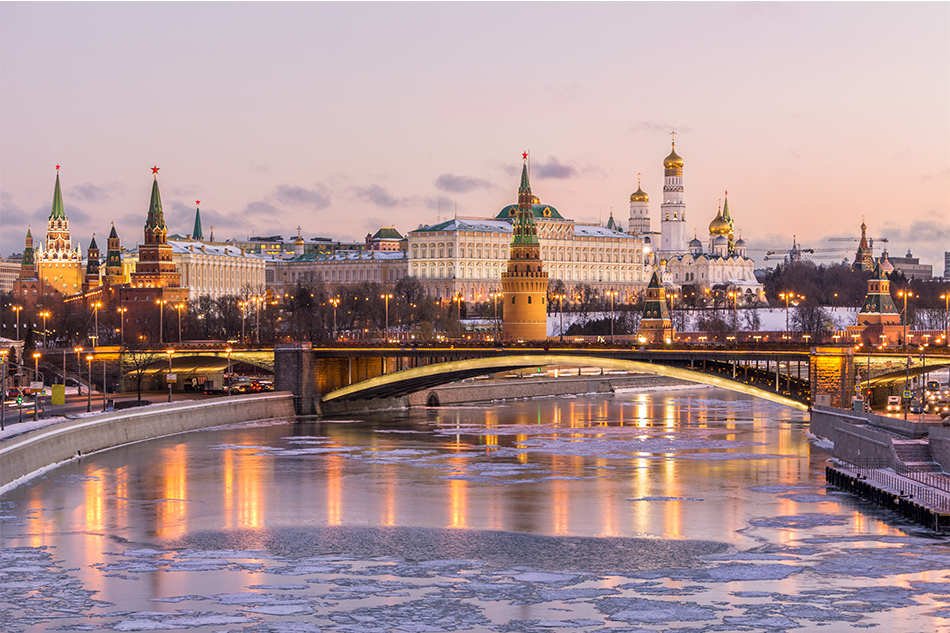
The Moscow River runs through the entire city of Moscow, and the Moscow name comes from it. The Moscow River is 502 kilometers long, with about 80 kilometers flowing through the town, the river is generally about 200 meters wide, and the widest point is more than 1 kilometer.
During the Moscow River navigation season, it is a rare enjoyment to roam the Moscow River by yacht, and you can see a White House, Sparrow Mountain, the main building of Moscow University, Christ the Saviour Cathedral, the National History Museum, the Cultural Park playground, the Kremlin, etc. The river water surges, the shore scenery is beautiful, enjoy the beauty of the Moscow building, it is relaxed and happy.
The Cathedral of Christ the Saviour on the banks of Moscow is the grand, magnificent church in Moscow. The church was originally built to commemorate the Russian victory of the 1812 French War against Napoleon, with five gilded onion-shaped domes with a central dome 102 meters high. The church now seen was rebuilt in 1995.
Along the banks of Moscow opposite Christ the Savior, our Cathedral stands statues of Peter the Great and the ancient Roman battleship. The statue is based on the river, standing 60 meters high, just like a public art designed for the natural landscape. The statue was built for the 200th anniversary of the creation of the Russian Navy, and Peter the Great founded the first Russian navy in the eighteenth century.
The Moscow River has its unique mystery and beauty. Many beautiful rumors are circulating. On 21 June 1547, Moscow suffered an unprecedented fire. It is said that the cornered residents have thrown "crystal clear pearls, priceless, precious stones" into the river; at the beginning of the 19th century, Napoleon's army troops under the city, a ship full of gold and silver jewelry also sank into the bottom of the river. The French tried their best but got nothing... lots more rumors like that.
2. Red Square (in Moscow)
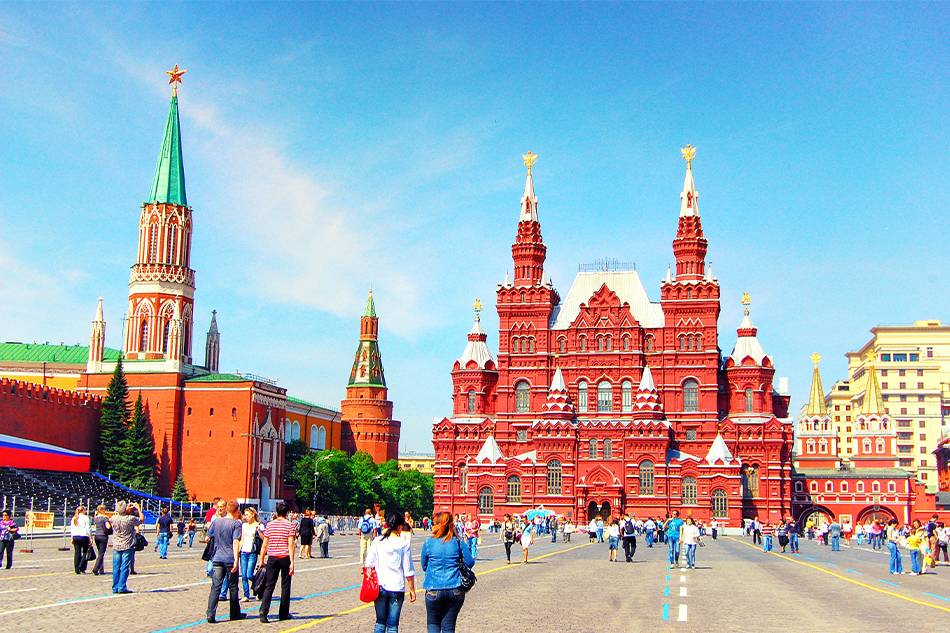
Red Square, formerly known as "Torg", meaning "market", became "Red Square" in 1662, means "Beautiful Square", covering an area of 91,000 square meters, is located in the center of various national celebrations and military parade activities, is one of the famous squares in the world.
The ground of Red Square is unique, all made of stone, ancient and sacred. On the west side of Red Square are the red wall of Lenin's tomb, the Kremlin, and three towers. The upper floor of Lenin tomb has a rostrum built. Whenever a meaningful ceremony, the leaders stood on the grave of Lenin and watched the ceremony.
On the north side is the National History Museum, built-in 1873, and is also a landmark of Moscow. Nearby is a statue of World War II, hero Marshal Zhukov, constructed to mark the 50th anniversary of the victory of World War II and the Tomb of the Unknown.
The east side of the museum leads to the entrance to Red Square, the central point of Moscow, zero km, from where the mileage of all roads is calculated. The nine railway stations in Moscow, all named after the terminus leading to, such as Smolensk, are called Smolensk station, leading to Kyiv, is called Kyiv station. Focusing on Moscow, it radiates around it. Moscow's central consciousness is powerful.
3. St. Basil's Cathedral
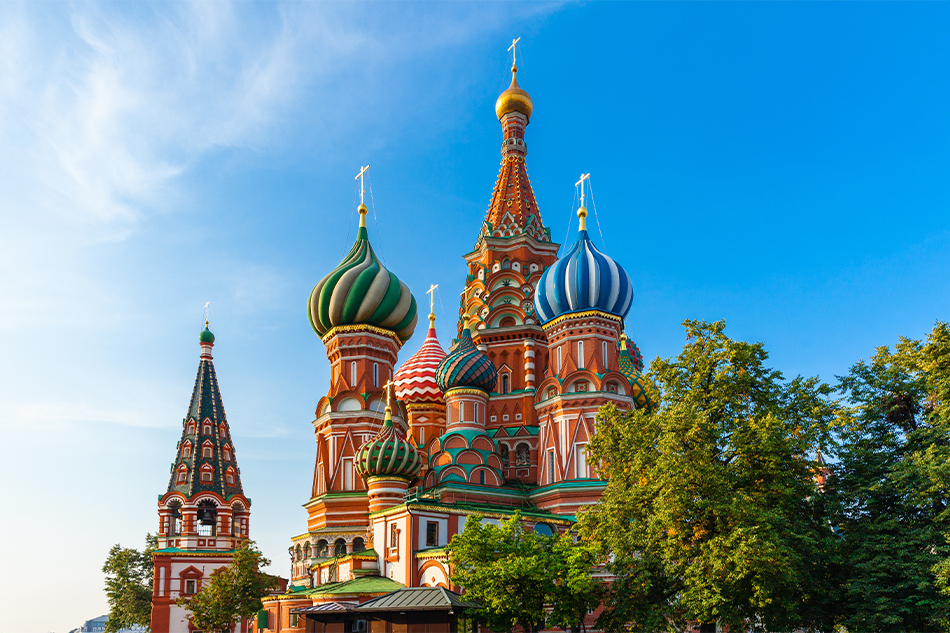
St. Basil's Cathedral was located to the south of Red Square, an Orthodox cathedral built by order of Tsar Ivan the Great to commemorate the victory over the Kazan Tatar Army in 1552. Legend has it that in the war, the Russian army received the help of eight saints to go smoothly, and the church was built in honor of the eight holy talents.
Either side of St. Basil's Cathedral is the front, with no gloss, side, and back points. In the middle of the church is a church crown with a prominent spire, surrounded by eight small domes with different colors and patterns, coupled with nine golden onion heads, in a unique style. The eight domes on the eight towers represent one saint, respectively, while the highest church crown in the middle symbolizes the supreme status of God. To ensure that the same church would not appear again, Ivan the Great brutally blinded all the architects, and Ivan the Great bore the charge of "terror tsar."
Inside the church, frescoes are painted from the 16th to 17th centuries on almost all the aisles and the empty walls on the doors and windows of the various chapels. The hall is divided into two floors and is now used as an exhibition hall. Parts of the exhibition hall display pictures and models to introduce the architectural history of this church and the changes over the four centuries.
4. Christ of the Saviour Cathedral
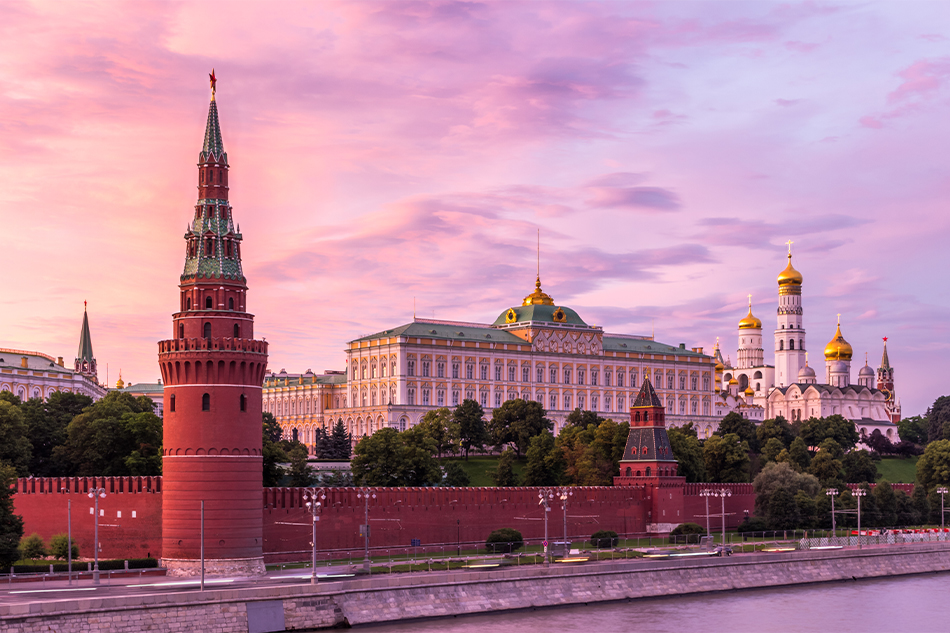
The Cathedral of Christ the Saviour in Moscow was originally built to commemorate the victory of the French War in 1812. The design was completed in 1831, and the foundation stone was laid eight years later. The Russians worked quite solidly, making the sculptures in the church for 17 years and painting the murals for 23 years.
Majately, murals, and icons depict the Battle of Napoleon with the Orthodox victory. The cathedral, which finally opened in 1887, is the largest in Moscow, with five gilded onion-shaped domes with a central dome 102 meters high.
After the October Revolution, the Moscow municipal government blew up the precious ancient building in 1931, intending to build a 200-meter-high Soviet palace in place, with the statue of Lenin alone as high as 40 meters high.
After laying the foundation, they found major design defects and had to stop work, covering the open swimming pool, which was steaming hot on cold days. After the political changes, the Moscow municipal government decided in 1994 to rebuild Christ the Savior Cathedral in 1994, which took $300 million and six years to bring history back to 1931.
5. Moscow History Museum
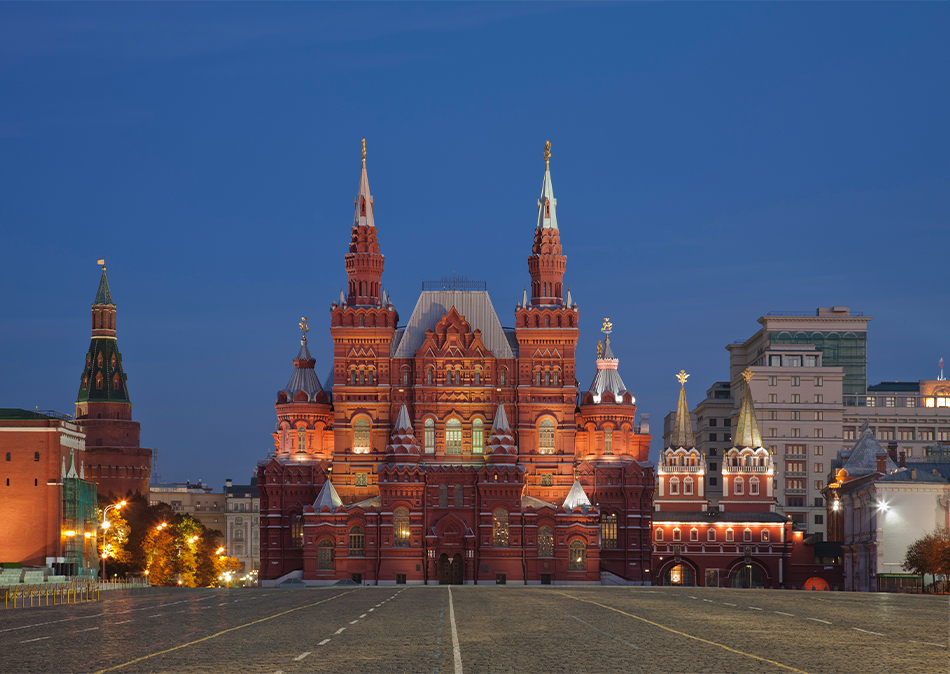
The History Museum is located north of Red Square, built-in 1873 in a classical style. It was opened to the public in 1883. The exhibits and archival materials in the museum are rich and diverse, showing people the side of the Russian political, economic, and cultural life and the full introduction of the history and culture of the Russian nation.
The museum has the most complete and rich collection of ancient coins; many unearthed artifacts, Russian, eastern, and partially western weapons, Russian and foreign clothing fabrics, agricultural tools, wooden furniture, and other carved and painted wood tools, ceramics, and glass products. In addition, the museum also contains a large number of paintings depicting historical figures, events, characteristics, buildings, and so on, and there are historical maps, folk customs files, various handwritten books, ancient prints, and so on.
In front of the History Museum is a statue of Marshal Zhukov. Zhukov (1896-1974), a former Soviet marshal, a world-famous strategist, once served as the minister of defense of the Soviet Union. One of the prominent leaders of the Soviet army in World War II participated in the formulation and implementation of almost every major plan of the Soviet campaign.
6. The Kremlin
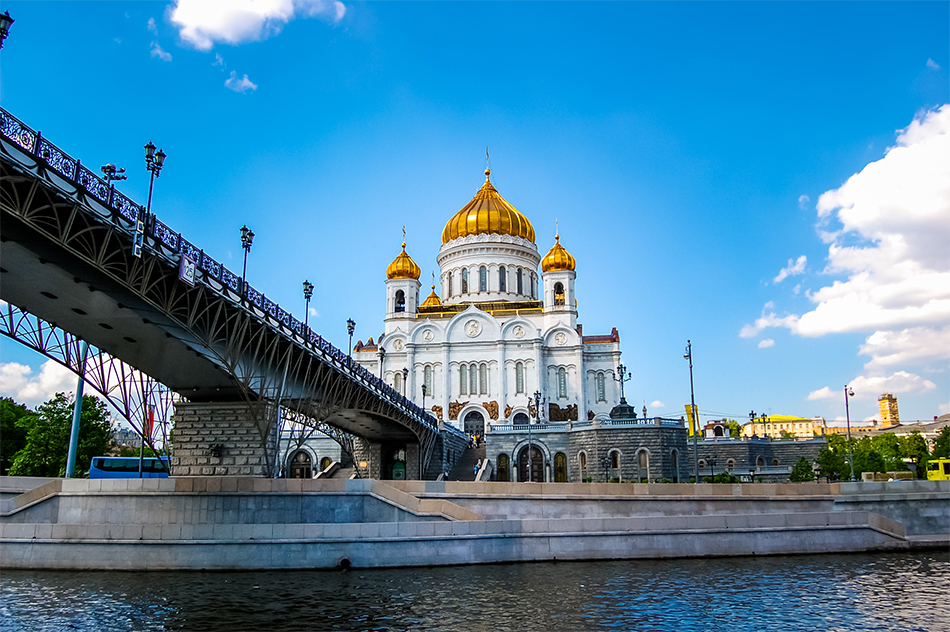
Located at the very center of the Russian capital, the Kremlin is a symbol of the Russian nation, one of the most significant architectural complexes in the world, and a treasure house of historical treasures and cultural-artistic monuments. It is one of the world's cultural heritage sites.
The Kremlin is located on the Borowitsky Hill, to the Moscow River to the south, to Alexander Rowsky Garden to the northwest, and to the Red Field to the southeast. The longwall has 18 towers, wrongly distributed on the triangular palace walls, and the most spectacular and most famous being the Saviour tower with ringing bells. The five largest gate towers and arrows are filled with a ruby pentagram in what is known as the Kremlin Red Star.
There are four beautifully built churches in the Kremlin: the Twelve, the Church of the Virgin, the Church of the Annunciation, and the Church of Holy Miel. When Napoleon invaded in 1812, these churches were damaged, and the Virgin Rest Church was even used as a horse porch. After the vicissitudes of life, several times of repair, today is still resplendent.
In the Kremlin, the treasures houses hundreds of millions of precious art and crafts, such as jeweled crowns, idols, crosses, armor, gowns, and tableware, long-held by them and open to the public after the October Revolution.
7. Moscow GUM
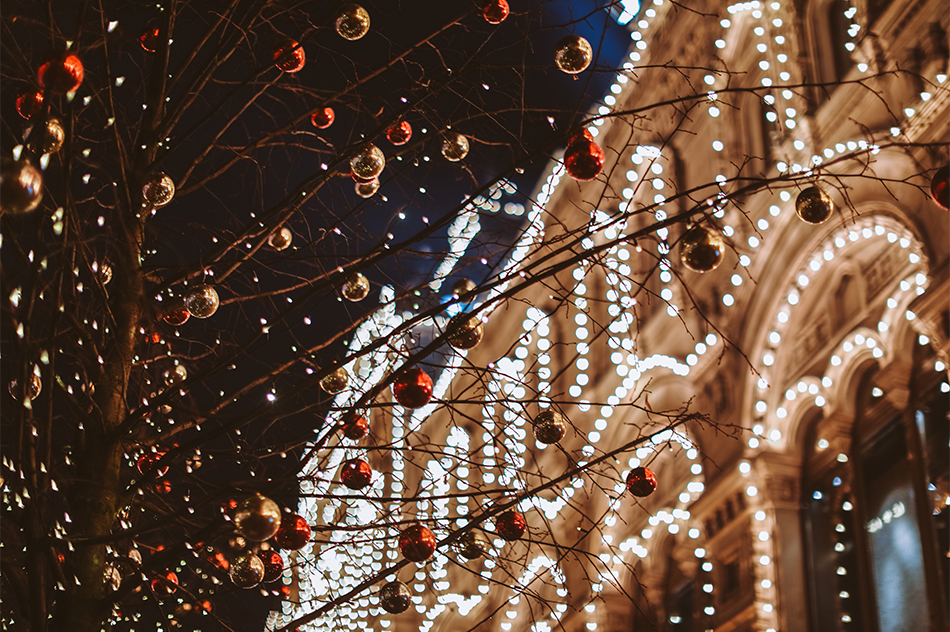
The Moscow State Department Store, called "GUM," is on the east side of Red Square, opposite the Kremlin. Built in 1893, "Gm" has today become one of ten world-renowned department stores. It is more like a palace than a store. It has a European classical style, and the colorful church beside it harmoniously forms a beautiful landscape on the red field.
"GUM" is divided into three layers, composed of more than 1,000 exclusive stores. It not only has Russian characteristics of porcelain, handicrafts, clothing, department stores, and another boutique but also gathered a wide range of imported goods.
For years, "Gum" has been invincible with its great size and completeness and has survived tenaciously even after an economic depression. There is a fountain in the middle of the first floor of the shop. Many Muscovival people regard "GUM" as a date place; as long as they say that "see by the fountain," it's usually known as the place.
8. Moscow University
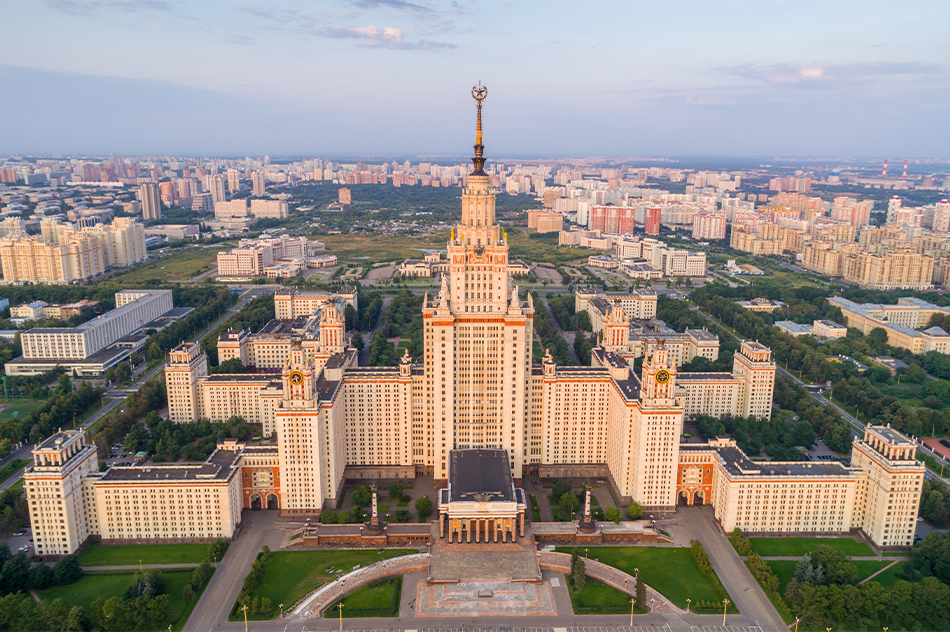
Moscow University was built on January 12, 1755, the oldest university in Russia. Moscow University moved to Sparrow Mountain in 1953. The main building is one of the seven Stalinist buildings in Moscow (known as the seven sisters), which is a typical centralized building, with a large base and a high spire, showing strong "monistic" values. The main building is 240 meters high, with a total of 39 floors, with more than 30,000 rooms. It integrates various functions: canteen, accommodation, office, entertainment, auditorium, supermarket, post office, bank, bookstore, library and so on.
Moscow University is the earliest and most famous comprehensive university in Russia and is world-renowned. Moscow University has trained many outstanding students and professors, including Nobel Prize winners and world-renowned scientists. Cultural celebrities Turgenev and Belinsky are both students of this university. In terms of rankings, Moscow State University is also among the top 100 universities in the world.
The road of Moscow University is lined with dense birch forests. Walking on the campus, you will unconsciously hum the famous song "Night on the Outskirts of Moscow".


